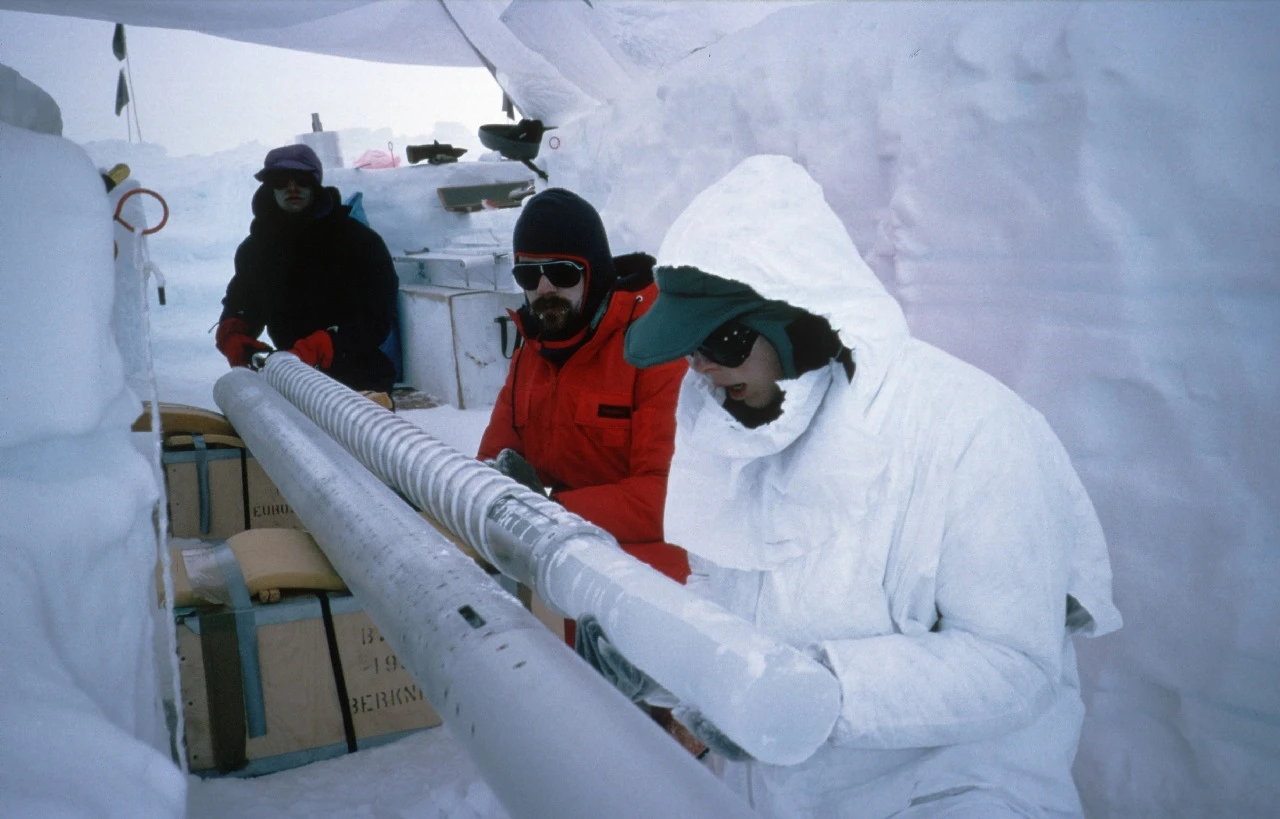1.2 million-year-old Antarctic ice cores to be analyzed in Europe
 Scientists remove an ice core from a core barrel during drilling in an ice dome on Berkner Island. (Photo via British Antarctic Survey)
Scientists remove an ice core from a core barrel during drilling in an ice dome on Berkner Island. (Photo via British Antarctic Survey)
In a move supported by the European Commission, 1.2 million-year-old ice cores extracted from Antarctica are being transported to Europe for detailed scientific analysis. These ice cores, believed to hold crucial information about Earth’s climate history, will be examined as part of the “Beyond EPICA – Oldest Ice” project.
Unlocking earth’s climate history
According to a statement on the project’s official website, scientists aim to unravel the Earth’s climate history, spanning over 1.2 million years, by studying the atmospheric gases, dust, and isotopic compositions preserved in the ice cores.
These core samples are vital for understanding past climate conditions and predicting future environmental changes.
Challenging conditions for transport
The ice cores, retrieved from a depth of nearly 2,800 meters during fieldwork in Antarctica, were carefully transported to Europe in specialized containers, maintained at temperatures as low as minus 50 degrees Celsius (minus 58 degrees Fahrenheit). They will arrive in Italy around April 22, before being sent to Germany for distribution to various research institutions involved in the project.
There, the cores will be divided into smaller samples for further analysis in laboratory settings.
Carlo Barbante, the coordinator of the Beyond EPICA project, shared his excitement: “The recent drilling season yielded remarkable results. In the coming days, we will begin analyzing the cores, which will shed light on the climate history of the past 1.2 million years, and perhaps even further back. We are eager to begin this critical phase of the project.”



